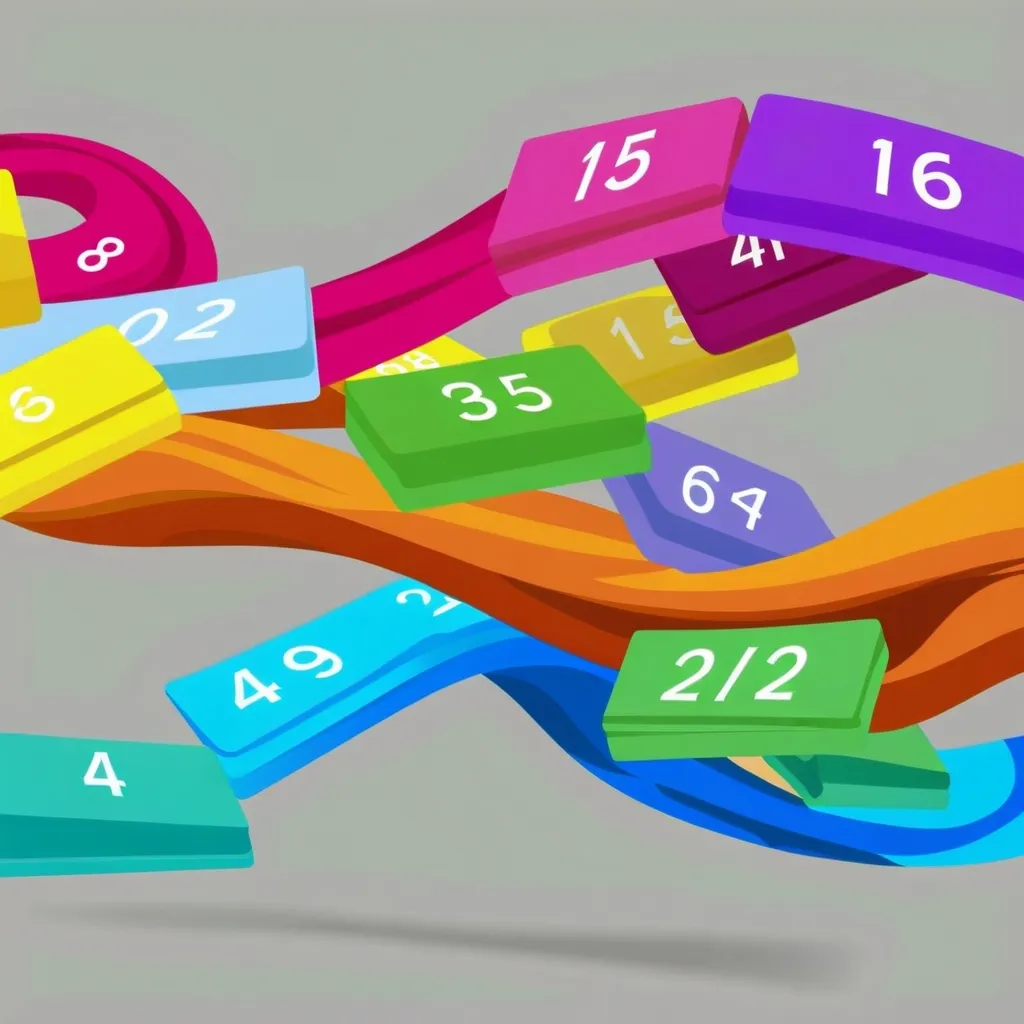Non-Linear Time Blocking: A Fresh Approach to Productivity
Ever feel like traditional time management methods just don’t cut it? You’re not alone. Many of us struggle with rigid schedules that don’t account for life’s unpredictability. That’s where non-linear time blocking comes in – a game-changing approach that’s revolutionizing how we tackle our days.
Let’s dive into what makes this method so special. At its core, non-linear time blocking is about flexibility and adaptability. Instead of forcing yourself into a strict, hour-by-hour routine, you’re creating a framework that bends with your needs and energy levels.
Imagine you’re a freelance graphic designer. Your day might start with a burst of creativity, perfect for tackling that logo design you’ve been mulling over. But as the afternoon rolls around, your creative juices might slow to a trickle. In a traditional time-blocking system, you’d be stuck trying to force creativity when it’s just not flowing. With non-linear time blocking, you can shift gears to handle client emails or invoicing during that afternoon lull, saving your next creative sprint for when inspiration strikes again.
This method isn’t just about maximizing productivity – it’s about working smarter, not harder. By aligning your tasks with your natural rhythms and energy levels, you’re setting yourself up for success from the get-go.
But how do you actually implement this in real life? Start by listing out your tasks for the day or week. Instead of assigning specific times to each task, group them by type or energy requirement. High-focus tasks might go in one group, while quick, low-energy tasks form another. Then, as you move through your day, you can pick and choose from these groups based on how you’re feeling and what unexpected curveballs come your way.
Let’s say you’re a marketing manager with a mix of creative and administrative tasks on your plate. Your day might look something like this:
High-Focus Group:
- Brainstorm new campaign ideas
- Analyze last month’s performance data
- Write content for social media posts
Low-Energy Group:
- Respond to team emails
- Schedule meetings for next week
- Update project management software
Flexible Group:
- Team check-ins
- Client calls
- Unexpected tasks or emergencies
With this setup, you’re ready to tackle whatever the day throws at you. Feeling sharp and focused first thing in the morning? Dive into that campaign brainstorming session. Hit an afternoon slump? No problem – switch to updating your project management software or responding to emails.
One of the biggest perks of non-linear time blocking is how it handles interruptions. In a traditional system, an unexpected phone call or impromptu meeting can throw your whole day off track. But with this flexible approach, you can easily shift things around without feeling like you’re falling behind.
This method isn’t just for office workers or creatives, either. Parents, students, entrepreneurs – anyone can benefit from this adaptable approach to time management. A stay-at-home parent might group tasks by “nap time activities” and “activities I can do with kids around.” A student could categorize tasks by “intense study sessions” and “quick review periods.”
But like any system, non-linear time blocking isn’t without its challenges. It’s easy to fall into the trap of always choosing the easy tasks and putting off the harder ones. To combat this, try setting some loose guidelines for yourself. Maybe you aim to tackle at least one high-focus task before lunch each day, or you designate Mondays and Wednesdays as your “big project” days.
Another potential pitfall is losing track of deadlines. Without a strict schedule, it’s important to keep a close eye on any time-sensitive tasks. One way to handle this is to create a separate “urgent” group for tasks with approaching deadlines. Check this group first thing each morning to make sure nothing slips through the cracks.
Technology can be a huge help when it comes to implementing non-linear time blocking. There are tons of apps and tools out there designed to help you manage your time more effectively. Look for ones that allow you to create flexible task lists and easily move items around as your day progresses. Some popular options include Trello, Asana, and Notion, but find what works best for you.
Remember, the goal here isn’t to cram more work into your day. It’s about making the most of the time you have and reducing the stress that comes with rigid schedules. By aligning your tasks with your energy levels and allowing for flexibility, you’re setting yourself up for a more productive and enjoyable day.
Non-linear time blocking can also be a game-changer for work-life balance. By grouping personal tasks alongside work tasks, you’re acknowledging that life doesn’t fit neatly into “work” and “personal” boxes. Maybe you’ve got a doctor’s appointment in the middle of the day – no problem. Slot it into your schedule and work around it, rather than stressing about how it’s disrupting your carefully planned day.
This method can be particularly helpful for those working in creative fields or dealing with unpredictable workloads. A writer, for example, might have days where the words flow easily and others where writer’s block hits hard. With non-linear time blocking, they can take advantage of those productive spurts and switch to editing or research tasks when the creativity well runs dry.
It’s important to note that switching to non-linear time blocking might feel a bit chaotic at first, especially if you’re used to more structured methods. Give yourself time to adjust and don’t be afraid to tweak the system to fit your needs. Maybe you find it helpful to set a loose structure for your day – like always starting with a planning session or ending with a review of what you’ve accomplished. The beauty of this method is its flexibility, so make it work for you.
One often overlooked benefit of non-linear time blocking is how it can reduce decision fatigue. Instead of constantly deciding what to do next throughout the day, you’ve already grouped your tasks. This means you can quickly choose from a relevant group based on your current energy and focus levels, saving your mental energy for the tasks themselves.
As you get more comfortable with this method, you might find yourself becoming more aware of your own productivity patterns. Maybe you notice that you’re always most creative right after lunch, or that you handle detail-oriented tasks best in the late afternoon. Use these insights to further refine your approach and make the most of your natural rhythms.
Non-linear time blocking isn’t just about personal productivity – it can be a powerful tool for team management as well. If you’re leading a team, consider implementing this approach on a larger scale. Encourage team members to share their high-focus periods and use this information to schedule meetings and collaborative work sessions more effectively.
At its heart, non-linear time blocking is about working with your natural tendencies rather than against them. It’s about acknowledging that we’re not machines, capable of maintaining the same level of productivity hour after hour, day after day. By embracing this reality and building flexibility into our schedules, we can achieve more while feeling less stressed and overwhelmed.
So why not give it a try? Start small – maybe just for a day or two – and see how it feels. You might be surprised at how much more you can accomplish when you stop fighting against your natural rhythms and start working with them instead. Remember, the goal isn’t perfection – it’s progress. And with non-linear time blocking, you’re setting yourself up for plenty of that.






